Increasing Prevalence of Cancer
The rising incidence of cancer worldwide is a pivotal driver for the Patient Derived Xenograft Model Market. As cancer cases continue to escalate, the demand for innovative research models that can accurately mimic human tumors becomes paramount. Patient derived xenograft models offer a unique advantage by preserving the heterogeneity of the original tumor, thus providing more reliable data for drug testing and therapeutic strategies. According to recent statistics, cancer is projected to affect nearly 1 in 3 individuals during their lifetime, underscoring the urgent need for effective treatment options. This growing prevalence not only fuels research initiatives but also encourages pharmaceutical companies to invest in the development of personalized therapies, further propelling the Patient Derived Xenograft Model Market.
Growing Focus on Drug Development
The increasing emphasis on drug development, particularly in oncology, is a crucial driver for the Patient Derived Xenograft Model Market. Pharmaceutical companies are under pressure to expedite the drug discovery process while ensuring efficacy and safety. Patient derived xenograft models provide a robust platform for evaluating drug responses in a human-like environment, which is essential for reducing the risk of late-stage clinical trial failures. In recent years, the market for oncology drugs has expanded significantly, with projections indicating a value exceeding 300 billion USD by 2025. This growth in drug development initiatives is likely to enhance the adoption of patient derived xenograft models, thereby bolstering the Patient Derived Xenograft Model Market.
Advancements in Genomic Technologies
The rapid evolution of genomic technologies is reshaping the landscape of the Patient Derived Xenograft Model Market. Innovations such as CRISPR and next-generation sequencing enable researchers to create more precise and genetically diverse xenograft models. These advancements allow for the exploration of tumor genetics and the identification of potential therapeutic targets, enhancing the relevance of preclinical studies. As the integration of genomic data into xenograft models becomes more prevalent, the demand for these models is expected to rise. The ability to tailor treatments based on genetic profiles aligns with the broader trend towards personalized medicine, thereby driving the Patient Derived Xenograft Model Market forward.
Rising Investment in Cancer Research
The surge in funding for cancer research is significantly influencing the Patient Derived Xenograft Model Market. Governments, private organizations, and academic institutions are increasingly allocating resources to combat cancer, recognizing the necessity for advanced research methodologies. In 2023, it was reported that global cancer research funding reached approximately 200 billion USD, reflecting a commitment to innovative solutions. This financial support facilitates the development and validation of patient derived xenograft models, which are essential for understanding tumor biology and testing new drugs. As more researchers adopt these models, the Patient Derived Xenograft Model Market is likely to experience substantial growth, driven by the need for effective preclinical testing platforms.
Regulatory Support for Innovative Models
Regulatory bodies are increasingly recognizing the importance of innovative research models, which is positively impacting the Patient Derived Xenograft Model Market. Agencies such as the FDA and EMA are advocating for the use of patient derived xenograft models in preclinical studies, as they provide more predictive data regarding human responses to therapies. This regulatory support encourages researchers and pharmaceutical companies to adopt these models, facilitating a smoother transition from laboratory to clinical settings. As regulations evolve to embrace advanced modeling techniques, the Patient Derived Xenograft Model Market is poised for growth, driven by the need for more reliable and relevant preclinical testing methodologies.
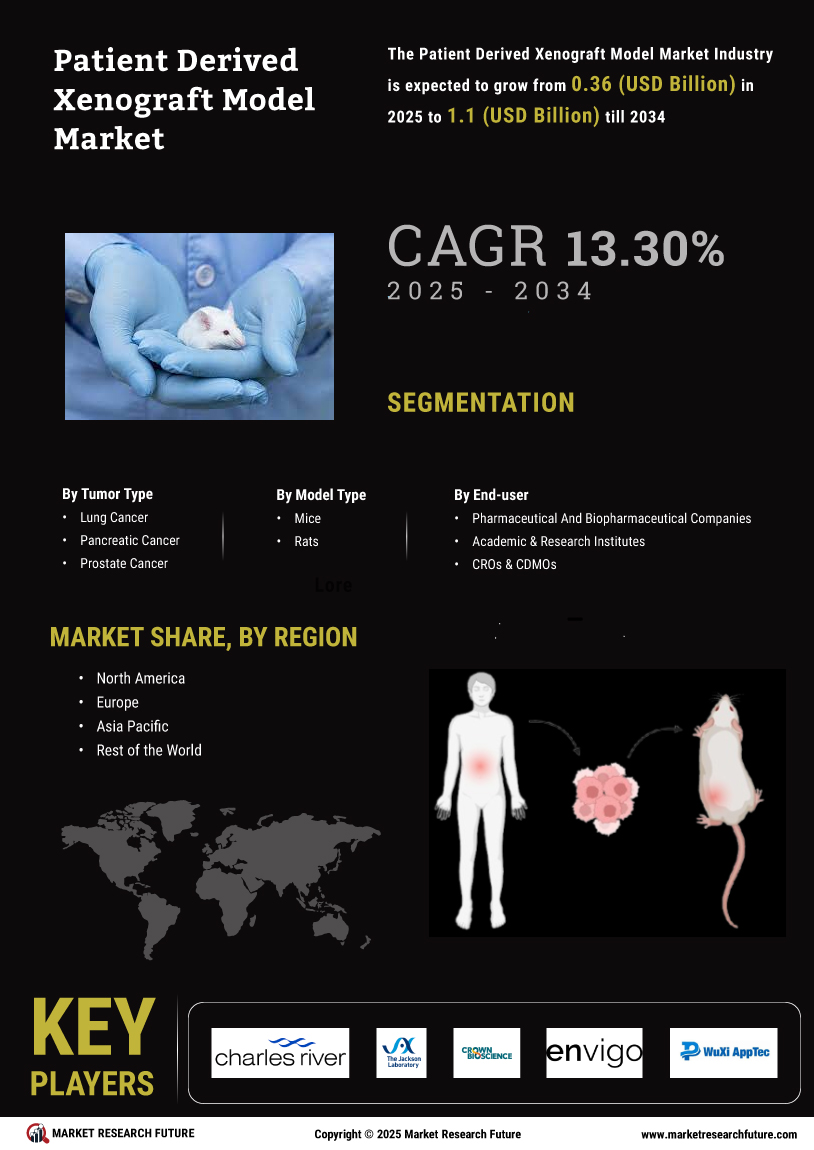


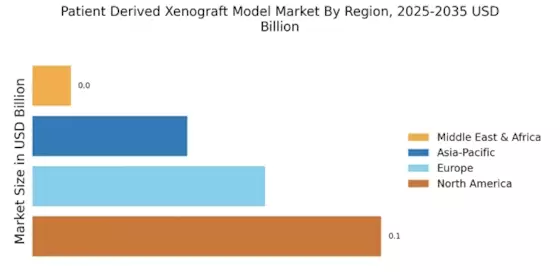

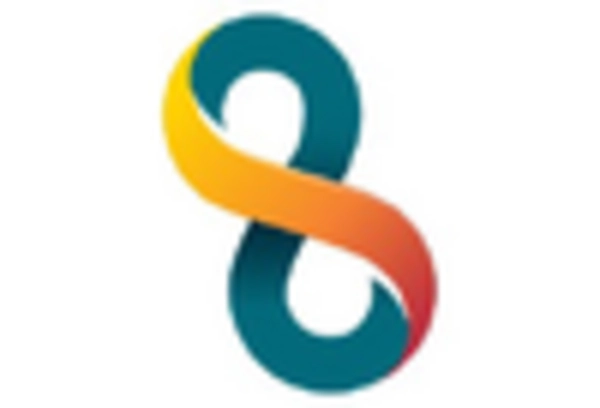
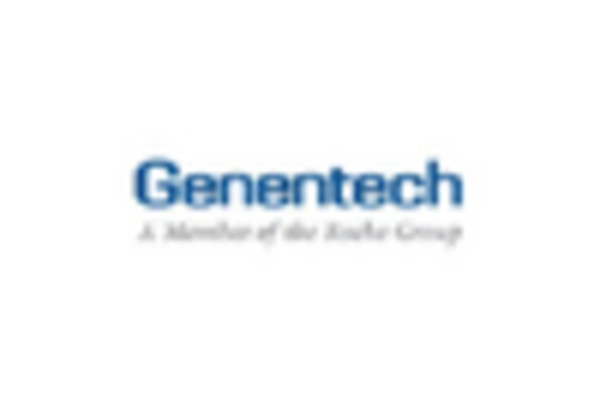
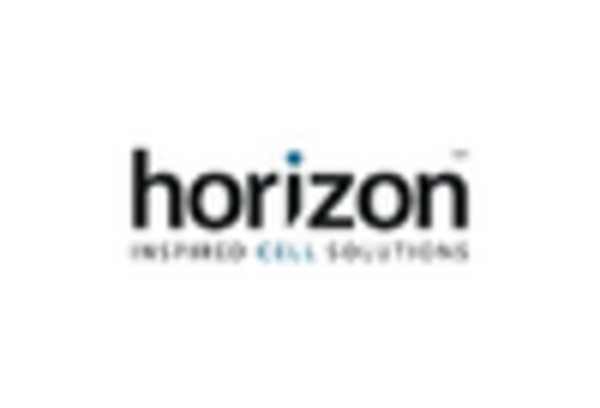










Leave a Comment